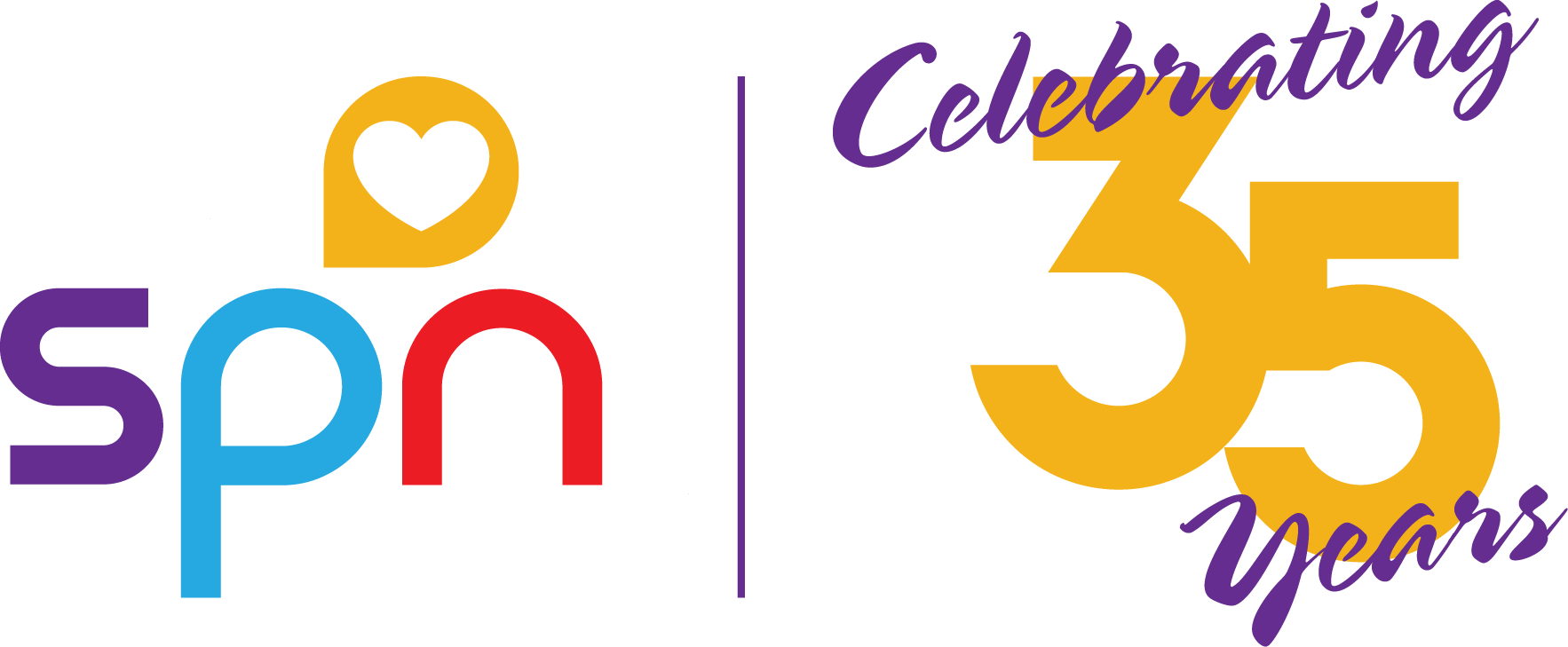Society of Pediatric Nurses Online StorePlease note: you must log in or create a Free Guest Account to make your purchase. Please contact the SPN National Office if you are ordering internationally. Books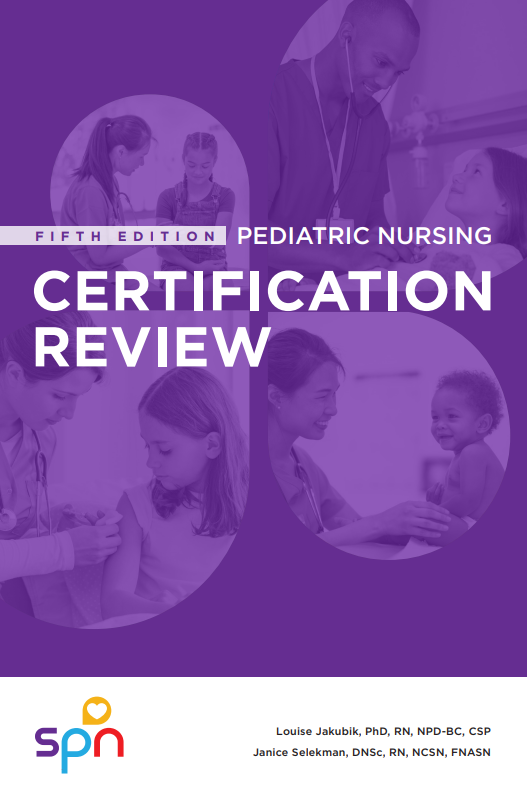 Pediatric Nursing Certification Review Book, 5th Edition (2023)Louise Jakubik, PhD, RN, NPD-BC, CSP; Janice Selekman, DNSc, RN, NCSN, FNASN The newly revised fifth version debuted at the 33rd Annual Conference and includes updated education that is key to your success. Member Price: $75.00 for SPN members Purchase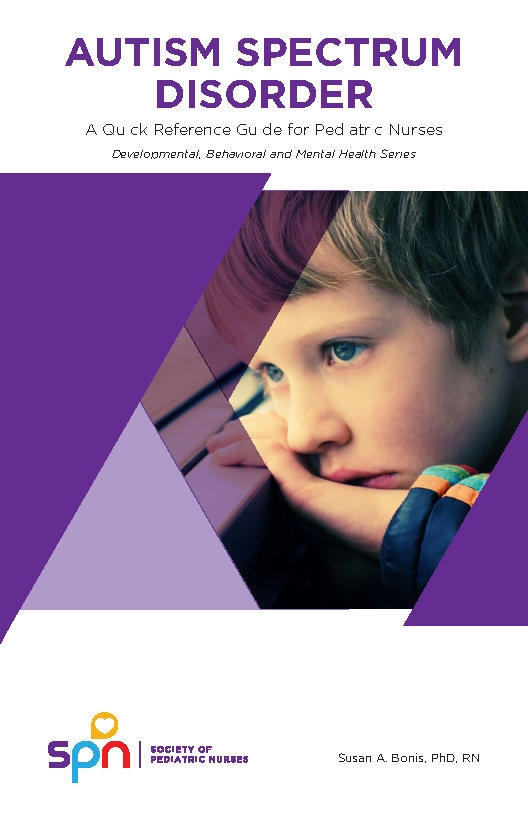 Autism Spectrum DisorderSusan A. Bonis, PhD, RN Introduction (Excerpt) One in every 68 children in the United States are diagnosed with autism spectrum disorder (ASD) (Baio, 2014; Childstats, 2015). Most parents of these children measure higher levels of stress, anxiety and depression than other groups of parents (Bitsika, Sharpley, & Bell, 2013). This stress affects their ability to parent effectively, manage their child’s care, and maintain the parent partnership (Ludlow, Skelly, & Rohleder, 2011; Myers, Mackintosh, &Goin-Kochel, 2009). Table of Contents
Member Price: $0 | Non-Member Price: $10 | Institutional eBook: $1,000 Purchase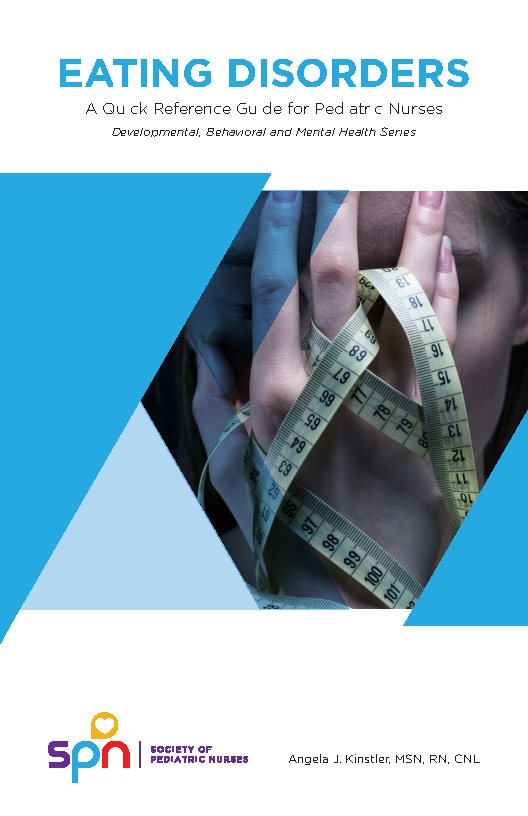 Eating DisordersAngela J. Kinstler, MSN, RN, CNL Introduction (Excerpt) Eating disorders are complex psychological diseases where individuals’ eating behaviors can interfere severely with their social, emotional and physical well-being. Eating disorders affect several million people a year, typically women ages of 12 and 35, and can occur with other psychiatric disorders like anxiety, panic and obsessive compulsive disorders (American Psychiatric Association, 2017). When patients with eating disorders present for clinical assessment, they are typically unaware that their eating behaviors have caused them harm. Patients with anorexia nervosa and bulimia nervosa are often overly focused on the fear of gaining weight which can lead to anxiety. Table of Contents
Purchase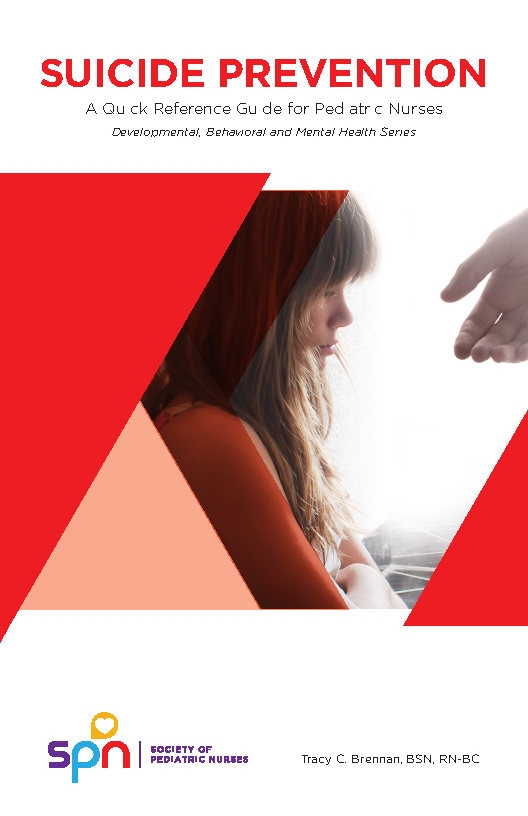 Suicide PreventionTracy C. Brennan, BSN, RN-BC Introduction (Excerpt) Not all people who attempt to kill themselves die, nor are all people who self-harm trying to kill themselves. Suicide is purposeful, self-directed, harmful behavior by a person of any age that results in death. When an individual’s behavior is carried out with the intention to die but does not result in death, it is identified as a suicide attempt. Suicidal ideation, on the other hand, consists of thinking about suicide and potentially developing a plan (National Institute of Mental Health, 2017). In a variety of healthcare settings, nurses care for people who need to be kept safe from harming themselves, have sustained injuries or developed health problems as a result of a suicide attempt. Often, a nurse is the last healthcare professional a patient or family interacts with prior to discharge. Nursing education is crucial to equip patients and families with knowledge, resources and skills to prevent suicide. Table of Contents
Member Price: $0 | Non-Member Price: $10 | Institutional eBook: $1,000 Purchase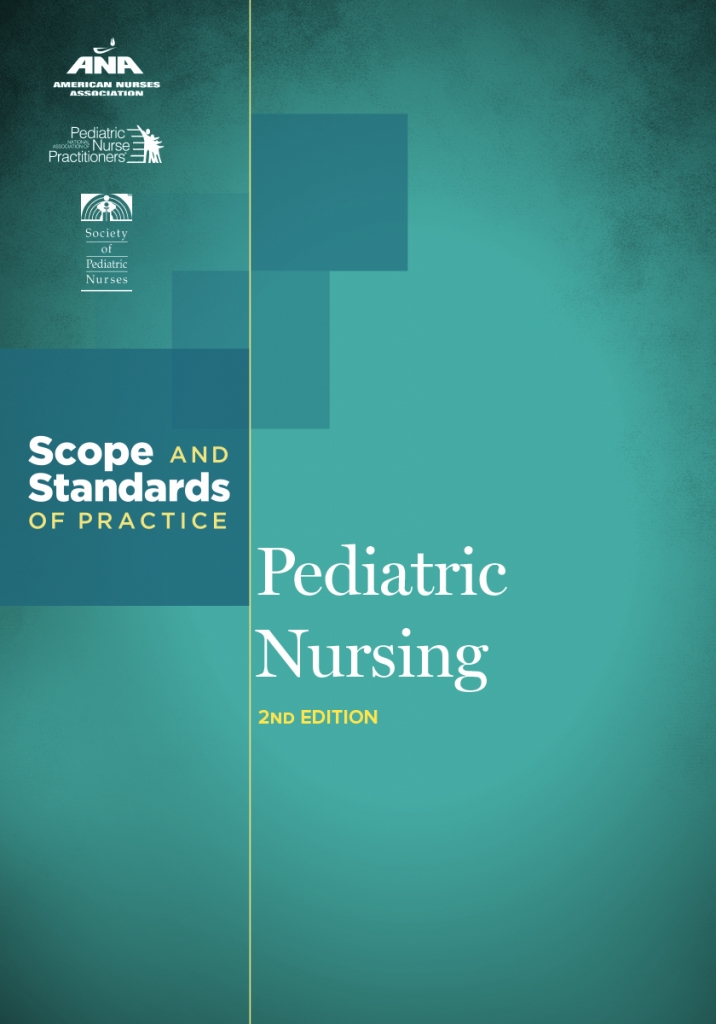 Pediatric Nursing Scope and Standards Book, 2nd Edition (2015)Published by the American Nurses Association, National Association of Pediatric Nurse Practitioners, and the Society of Pediatric Nurses. Find more information on the ANA website. Member Price: $20.00 Purchase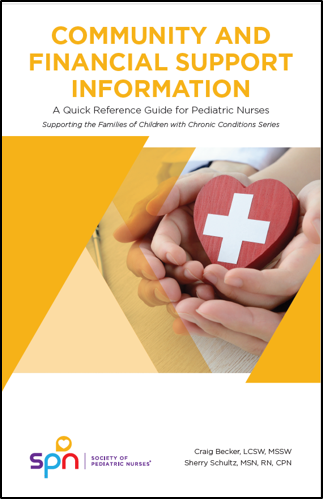 Community and Financial Support InformationCraig Becker, LCSW, MSSW; Sherry Schultz, MSN, RN, CPN Introduction (Excerpt) Caring for a child with a chronic condition is a complex issues that can have a far-reaching impact on children and their families. When children experience a sudden or traumatic illness or event, employers, school and social supports tend to emerge and offer support, encouragement, and assistance. This support system is very important to help the child and family cope with the complex needs that occur. In contrast, for children and families experience a chronic condition, the long-term supports can fade away and leave those impacted feeling lonely or abandoned. This resource serves as a guide for nurses providing support for children with a chronic condition and their families. The information included in this guide is starting point to provide information and advocate for both the child and the family’s needs. Table of Contents
Member Price: $0 | Non-Member Price: $10 | Institutional eBook: $1,000 Purchase Respite Care for Children and Youth with Special Health Care NeedsMelissa Leisen, MSN, RN; Eric Schmucker; Lisa Schneider Introduction (Excerpt) One in five households in the United States cares for a child or youth with special healthcare needs (CYSHCN) (HRSA, 2018). With this high prevalence, nurses working in a variety of settings regardless of specialty area are certain to encounter CYSHCN and their caregivers (Whitmore, 2017). When providing nursing care for a child with special needs, the focus is, rightly so, on the child. However, a key component to helping that child’s health, safety, and development is the physical, emotional, and mental health of the child’s entire familial unit. Table of Contents
Member Price: $0 | Non-Member Price: $10 | Institutional eBook: $1,000 Purchase
American Academy of Pediatrics (AAP) ResourcesSPN Members are eligible to receive a fifteen percent (15%) discount on the following products at https://shop.aap.org/. *To receive the discount code, please contact [email protected].
Logo Items & Apparel SPN has a preferred partnership with Scrubin Uniforms to meet your pediatric nursing needs. Create your unique profile within the Scrubin Uniforms portal to immediately access scrubs, uniforms, and medical supplies, all at a generously discounted rate for SPN members. For information on creating your profile, click here. 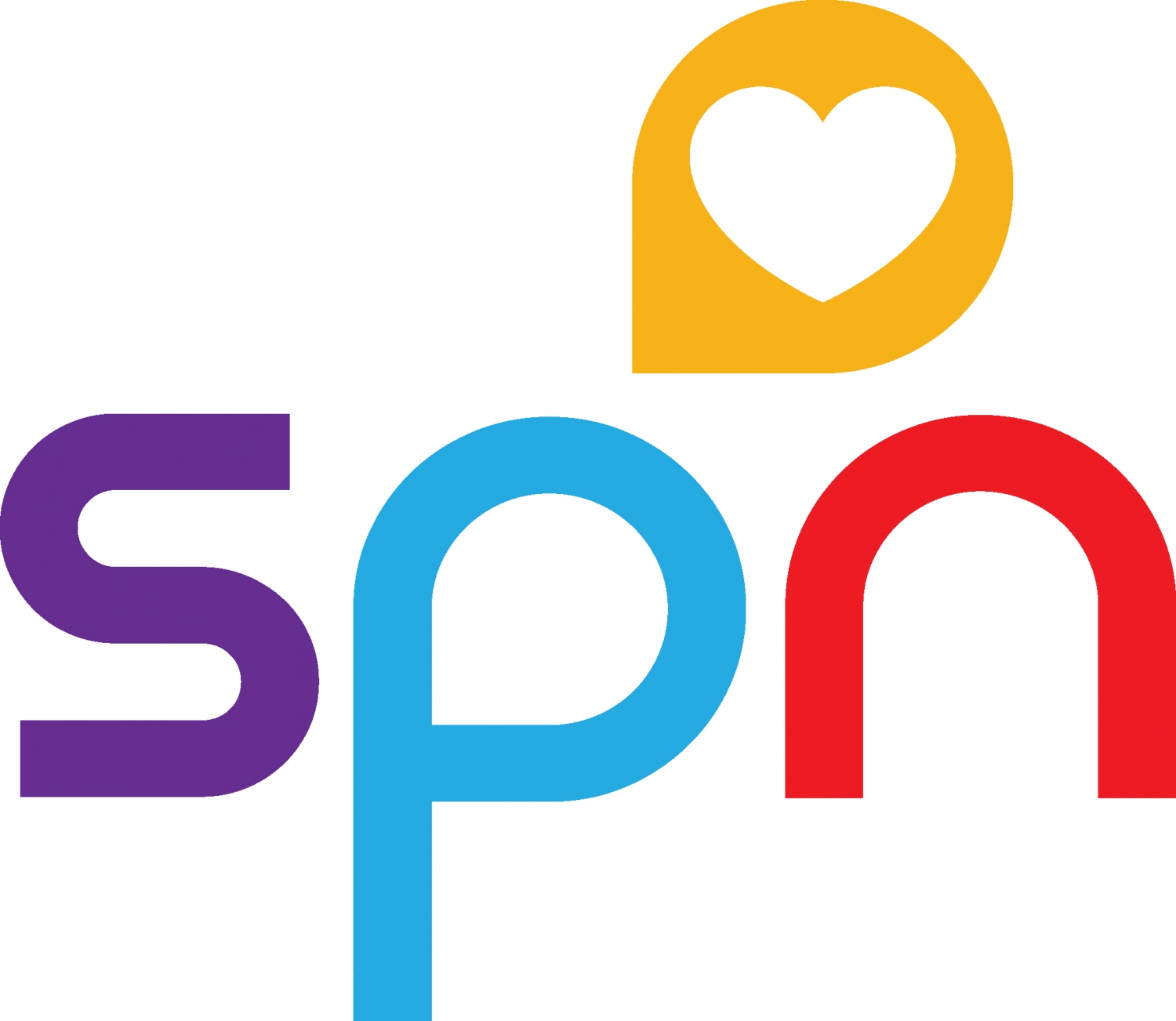 SPN Logo Pin, 1" with metal backing Purchase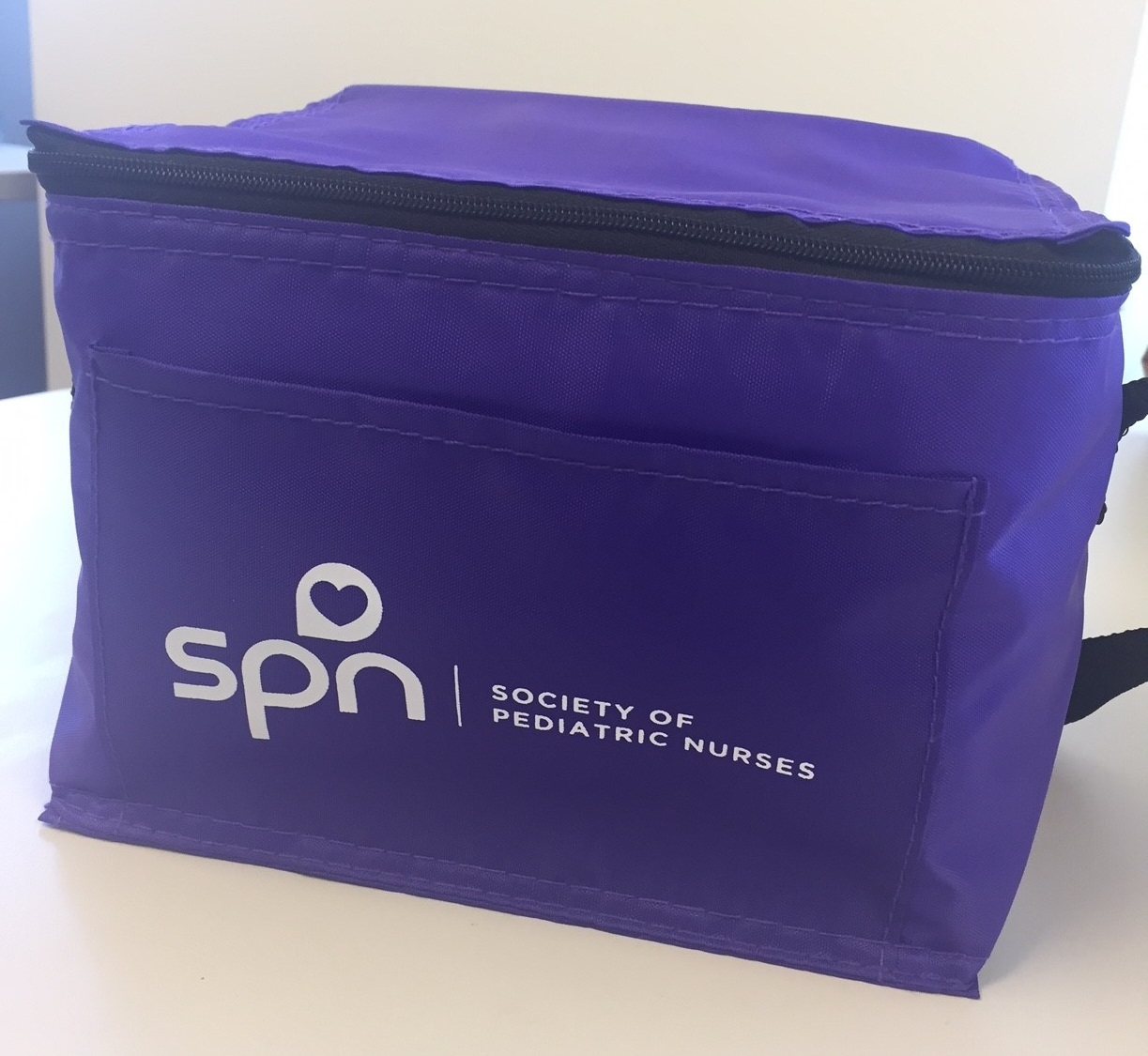  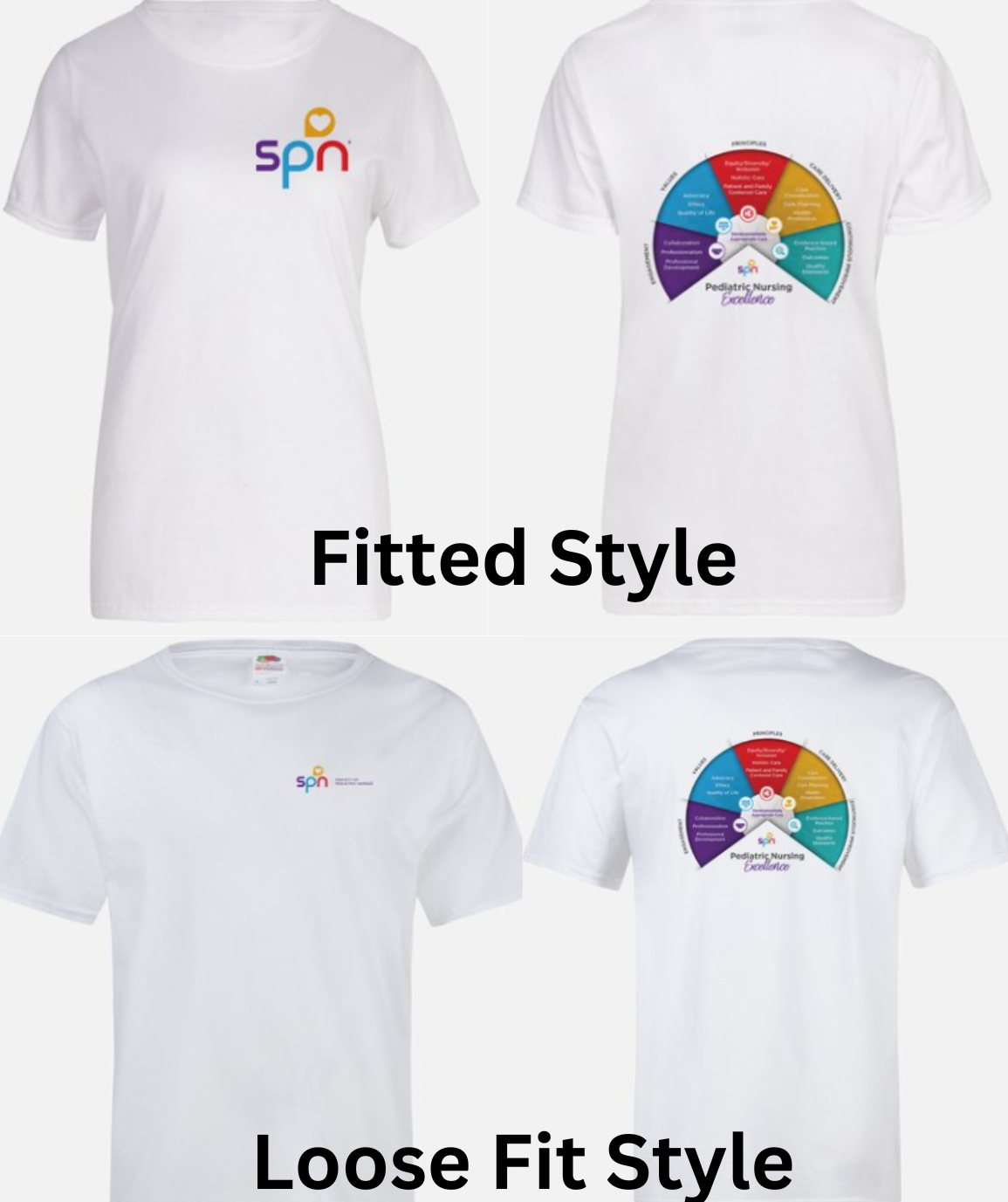 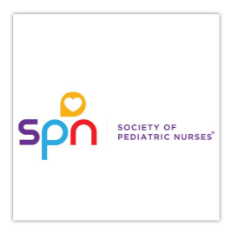
Return/Exchange Policy
Please contact the SPN National Office (312) 321-5154 or [email protected] before making a return.
Claims for incorrect merchandise must be received by SPN within 30 days of the product(s) ship date. Cancelled orders must be canceled by 11:00 AM (CST) the next business day. Return Address: |
